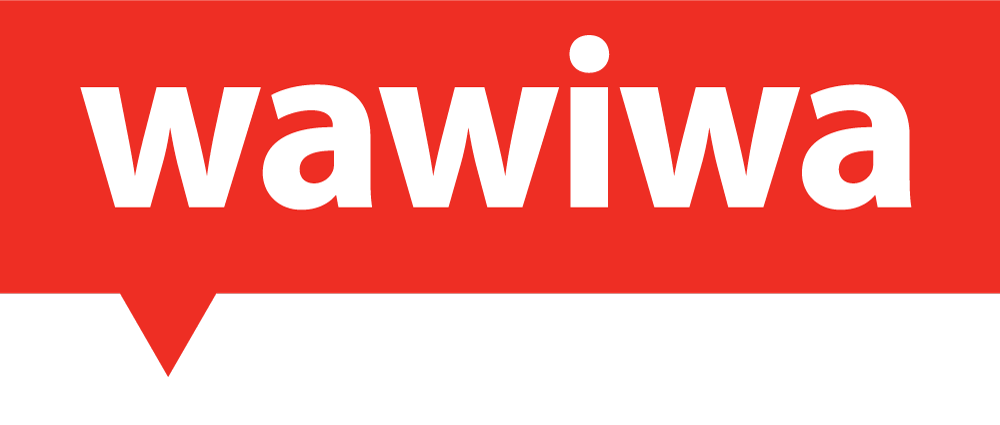Still relying on the same course syllabus from years ago? Your learners can tell and they’re tuning out. Using outdated materials can do more harm than good. Irrelevant content, clunky interfaces, or lack of practical exercises can frustrate learners and make even the best instructors struggle. And even if students don’t say anything, the gap becomes clear when they step into the real world – only to find that companies are asking for skills they’ve never learned.
Up-to-date syllabi and courseware should inspire, engage, and support real-world learning outcomes. This is especially true for tech training – technology moves fast and tech education needs to keep pace. So how do you know when it’s time to update your courseware?
This blog discusses five clear signs your courseware needs an upgrade and what to do about it.
What is Courseware and Why Does It Matter?
Courseware refers to pre-developed educational content and tools designed to support teaching and learning. It can include lesson plans, videos, quizzes, simulations, instructor guides, assessments, and more.
The right courseware enhances outcomes. It keeps learners engaged and reinforces key concepts. Great courseware evolves alongside industry trends, technology, and learner needs. But when it doesn’t? It starts to show – through disengaged students, missed learning objectives, and graduates who aren’t ready for real-world challenges.
There’s no universally agreed-upon timeframe for updating courseware, but in fast-moving fields like technology, regular updates must happen. Courseware updates can be seen as a continual cycle, often involving multiple revisions per year to stay aligned with rapid changes. This is especially true today, as developments in AI and emerging technologies have reshaped what learners need to know, making outdated materials obsolete fast.
Not sure if your courseware is past its prime? Here are five clear warning signs that it’s time for a refresh and tips on how to move forward.
1. Your Courseware Doesn’t Include AI or Teach AI Skills
Tech professionals are expected to use AI in their daily workflows. From coding assistants and data tools to AI-driven design platforms, AI is essential. People who don’t know how to work with AI are being replaced by those who do, which means if your courseware is not updated with AI, it has to be – before your graduates fall behind.
What to do:
Ensure your courseware includes AI-related skills and tools, even if the program itself isn’t about AI. For example, a Data Analyst Program should teach how to use AI to clean and visualize data. Beyond content, AI can also enhance the learning experience – feedback or practice tools can personalize learning and improve outcomes.
2. The Content Doesn’t Reflect Current Industry Demands
Tech roles evolve quickly. A curriculum that was cutting-edge just a few years ago may now be irrelevant. Employers are looking for graduates with skills that match today’s tools and workflows, not yesterday’s theory.
What to do:
Engage with industry partners to align your content with real-world needs. Regularly review and benchmark courseware against job descriptions, certifications, and toolsets currently used in the field.
3. Your Courseware Lacks Hands-On, Practical Experience
Learners as well as employers expect more than theory, especially in tech. Learners benefit from doing rather than just listening. Studies show that hands-on practice can improve retention rates to as much as 90%, compared to much lower retention from passive methods like reading or lectures.
What to do:
Select courseware that includes practical exercises, labs, simulations, and real-world projects. Make sure your students graduate with a portfolio or demonstrable skills, not just knowledge.
4. Poor User Experience and Clunky Technology
If instructors or students struggle to navigate your courseware, that’s a sign something is wrong. A confusing platform, slow load times, or dated design can reduce engagement and lead to lower completion rates.
What to do:
Evaluate the courseware’s usability across devices and browsers. Ask for feedback from both instructors and learners. Prioritize intuitive, modern platforms that offer support, analytics, and accessibility features.
5. You Haven’t Updated Your Courseware in Years
If you can’t remember the last time your courseware was reviewed or revised, that’s a red flag. Even if the content feels “timeless,” the tools, methods, and examples might not be. In tech education especially, even a two-year gap can mean missing out on new technologies, workflows, and industry expectations.
What to do:
Set a regular review cycle for all your programs, ideally every semester for fast-changing fields like technology, and at least annually for others. This ensures your content stays relevant, competitive, and valuable to learners.
Relying on Courseware is the Best Path for Educators
Maintaining an in-house course can cost around $7,500 per year just to keep content current and relevant, especially in fields like tech, where updates are constant. That’s why many universities are choosing to license high-quality, ready-made courseware instead. The right partner provides up-to-date materials aligned with industry needs and handles the heavy lifting of revisions and support.
However, not all courseware providers are equal. When evaluating options, make sure they commit to frequent updates, hands-on learning, AI integration, and clear alignment with the job market. The right courseware doesn’t just save time and money – it elevates your programs and empowers your learners.
Courseware Provider: Wawiwa Tech on The Spotlight
Wawiwa is a global tech education provider offering AI-proof reskilling programs and upskilling courses – through universities and training centers – tailored to the latest industry trends. It offers reskilling programs for high-demand roles such as Full-Stack Developer, Data Analyst, and Cybersecurity Analyst, as well as upskilling courses in fields like AI, Software Development, Data Analysis, and Cybersecurity.
As a courseware provider, Wawiwa offers complete, ready-to-teach syllabi that include lesson plans, hands-on projects, instructor guides, assessments, and access to digital learning platforms. Each program is built using Wawiwa’s JET Design™ methodology, which ensures a hands-on, job-effective training experience. Built by industry professionals for immediate implementation, the programs reduce time-to-launch while ensuring strong learning outcomes and real employability. Wawiwa’s programs have a proven success rate, with 70% of graduates landing a tech job within just two months of completion.
Wawiwa supports its partners with marketing materials, continuous curriculum updates to reflect the latest industry changes, and trains the trainers to ensure instructors are well-equipped to deliver engaging, effective tech training.
Wawiwa adapts all courseware to fit the specific needs of each partner, working closely with a local advisory committee composed of industry leaders. This ensures the curriculum is globally relevant and locally aligned – maximizing impact for both students and institutions.



